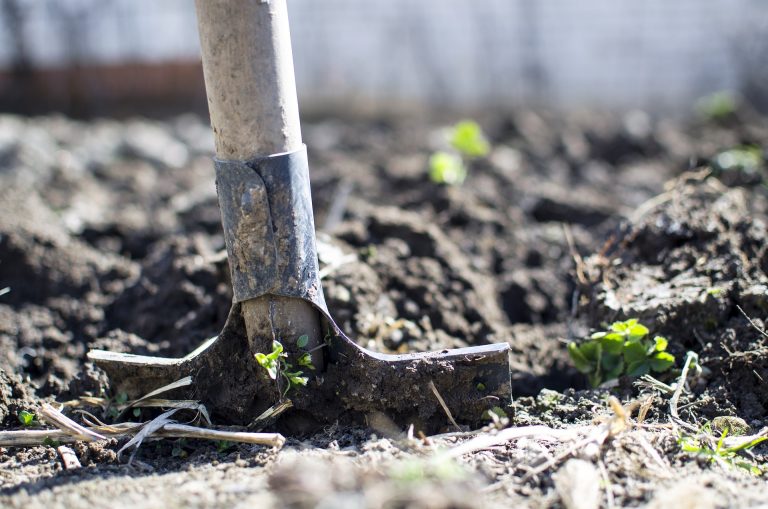Successful farmers regularly take samples of their soil to determine the fertility or nutrient levels of their land and make educated decisions about the best way to manage it. Taking a soil sample is a straightforward process that requires little in the way of expensive or specialised equipment.
The first thing that has to be done is to figure out which parts of the field need to have samples taken. The easiest way is to use a soil map or search for regions of the field that have varying colours or textures. After determining which locations are to be tested, the farmer should use a shovel or spade to dig a small hole approximately 15 to 20 centimetres deep in each of those places.
Fill a clean bucket with a strip of soil taken from the top to the bottom of the hole. It is best not to mix the different samples and mark each one with the position it was taken from. If a composite sample is required, mix the different samples on a clean surface and, then take a sample weighing around one kilogramme and put it in a bag or container that you have labelled. You do not need to remove roots that are in the soil. The sample must be taken or sent to a laborator y so that it can be examined there.
The label must be secured either on the inside or outside of the bag showing the following information:
- The collector (if it is not the farmer), as well as the name of the farmer, and his address
- The date the sample was taken
- The field and place in the field it was taken from
- What kind of crop is intended to be planted
- What has been grown in the field in the past
- What fertilisers, pesticides, or herbicides have been used
- Where the water comes from (rain, a well, or a borehole)?

The handling of samples
Prevent the samples from drying out by placing them first in paper or plastic bags and then in a cooler bag. Do not leave samples exposed in the field or in a vehicle on days that are extremely hot. Neither should you expose samples to direct sunlight or any other source of heat. Always remember to store your samples in a cool location. Transport samples using cool boxes or insulated containers, then store them in a cool place or in a refrigerator at 10 to 15 degrees Celsius, and send them through the mail or deliver them by hand within a week or as soon as possible.
What will be looked for in the soil samples?
In the laboratory, the soil sample will be analysed for a variety of nutrients and characteristics to determine their levels. The farmer will be able to obtain information about the fertility of the soil from the results of the tests, which will assist him or her in making educated decisions regarding the most effective way to manage the soil.
The collection of soil samples is an essential component of the management of a small-scale farm. The procedure is not overly complicated; it can be carried out with a minimum investment of time and money, and the results can be extremely helpful in determining the fertility of the ground.
For more information on where to send your soil samples, contact:
Botswana
Soils Engineers Botswana Pty Ltd Address: Mathangwane Road, Plot 463, Gaborone West Ext 4, Botswana Contact number: +26-73-903-252 E-mail: soils@btcmail.co.bw
Namibia
MIST Agricultural Laboratory Address: P.O Box 431, Rundu, Namibia Contact number: +26-481-577-6112 E-mail: admin@mistal.com.na
Zimbabwe
Windmill Pvt Ltd Address: 21 Coventry Road Workington Harare Contact number: +26-324-275- 3784-9
References:
Agricultural Research Council. (2023) SOIL ANALYSIS. ARC-Institute for Soil, Climate and Water. Available at: https://www.arc.agric.za/Advisory%20Services/Soil%20and%20chemical%20safety.pdf









